One of the fruits of our cultural demise is that words lose their meaning or certain segments of the population co-op and skew the meaning. This is an extremely dangerous trait of the society we live in today. The phrase “social justice” has fallen victim to this practice as well. Thanks to the millenials “social justice” has not only become a buzz phrase for the past decade, but it continues to show staying power among our favored terms. Of course, the millenials did not invent the idea of social justice, but rather they have put a spotlight on it in such a way that now it is a hip thing to participate in, to pad your resume with, and pursue. The article below, by Andrew Spencer, highlights the problems when terms get hi-jacked and definitions are left undefined. This is an important term for us to understand so that we can bring clarity to situations rather than contribute to the haze.
Social Justice Isn’t What You Think It Is
(by Andrew Spencer)
Today, many people justify actions or an argument under the mantle of “social justice.” In many of these cases, however, the term social justice remains undefined. It becomes a blunt force instrument to support actions that on the surface may seem compassionate, but in reality may be unhealthy or even destructive.
This is an excellent example of why common definitions are essential to communication, and why in the debates over the nature of social justice we must do the same.
Definitions of Social Justice
In their book, Social Justice Isn’t What You Think It Is, the late Michael Novak and Paul Adams analyze six commonly assumed definitions of social justice:
- Distribution—Most commonly, social justice is used to refer to a fair distribution of advantages and disadvantages in the world. Little thought, however, is given to what constitutes “fair” and how that distribution can be accomplished without doing additional harm.
- Equality—Sometimes social justice is used to refer to a concept of equality. On occasion, this equality refers to balanced opportunity, but, in many recent uses, the term has come to refer to a desire to create more uniform outcomes.
- Common good—Social justice can be used to describe an outcome that is beneficial to the whole community. However, the questions that are usually unanswered are, “Which community should benefit?” and “Who determines what good is?”
- The progressive agenda—In some circles, social justice means advocacy for labor unions, solar power, abortion, and sexual libertinism. This use of the term relies on the assumption that social “progressives” understand what is good for society and have the right and duty to fine, coerce, and constrain others to comply in the name of social justice.
- New “civil rights”: gender, sex, reproduction—At times, the phrase social justice is boiled down to a central concern for society to reject traditional social norms associated with the bedroom. This is a narrow focus of definition 4 above, but certainly not uncommon.
- Compassion—Using “social justice” in this way seems to refer to the alleviation of struggles or suffering. This can include goods like working to eliminate hunger and providing shelter. However, in some circles, compassion can be used to justify euthanasia, infanticide, and other clear moral evils that stand in stark contrast to true compassion.
In contrast, Novak and Adams suggest that,
…social justice is a virtue whose specific character is social in two ways: the skill in forming associations, and the aim of benefiting the human community, whether local, national, or international.
Social justice properly defined is, therefore, resistance to corrosive individualism and an orientation toward pursuing mutual good.


